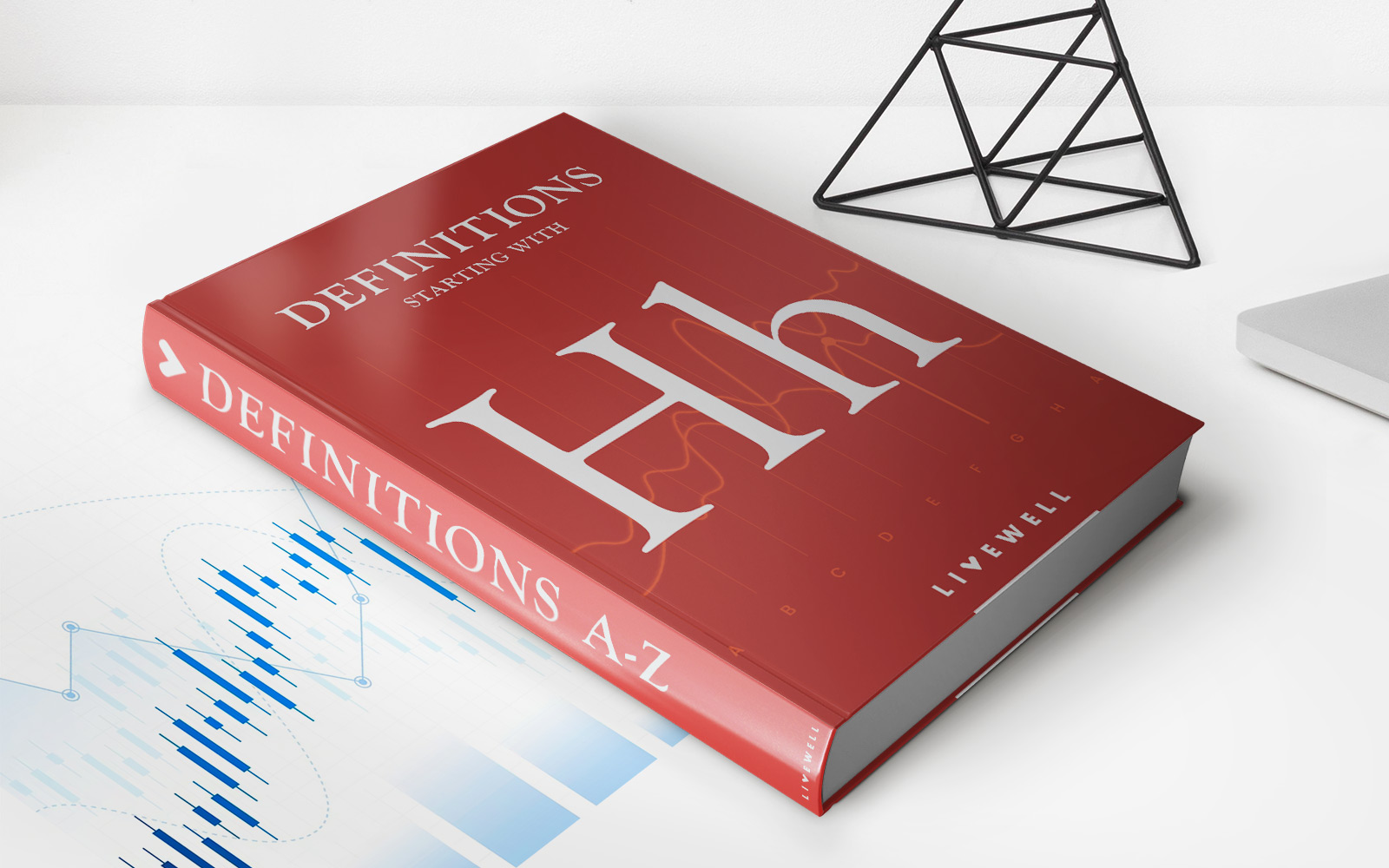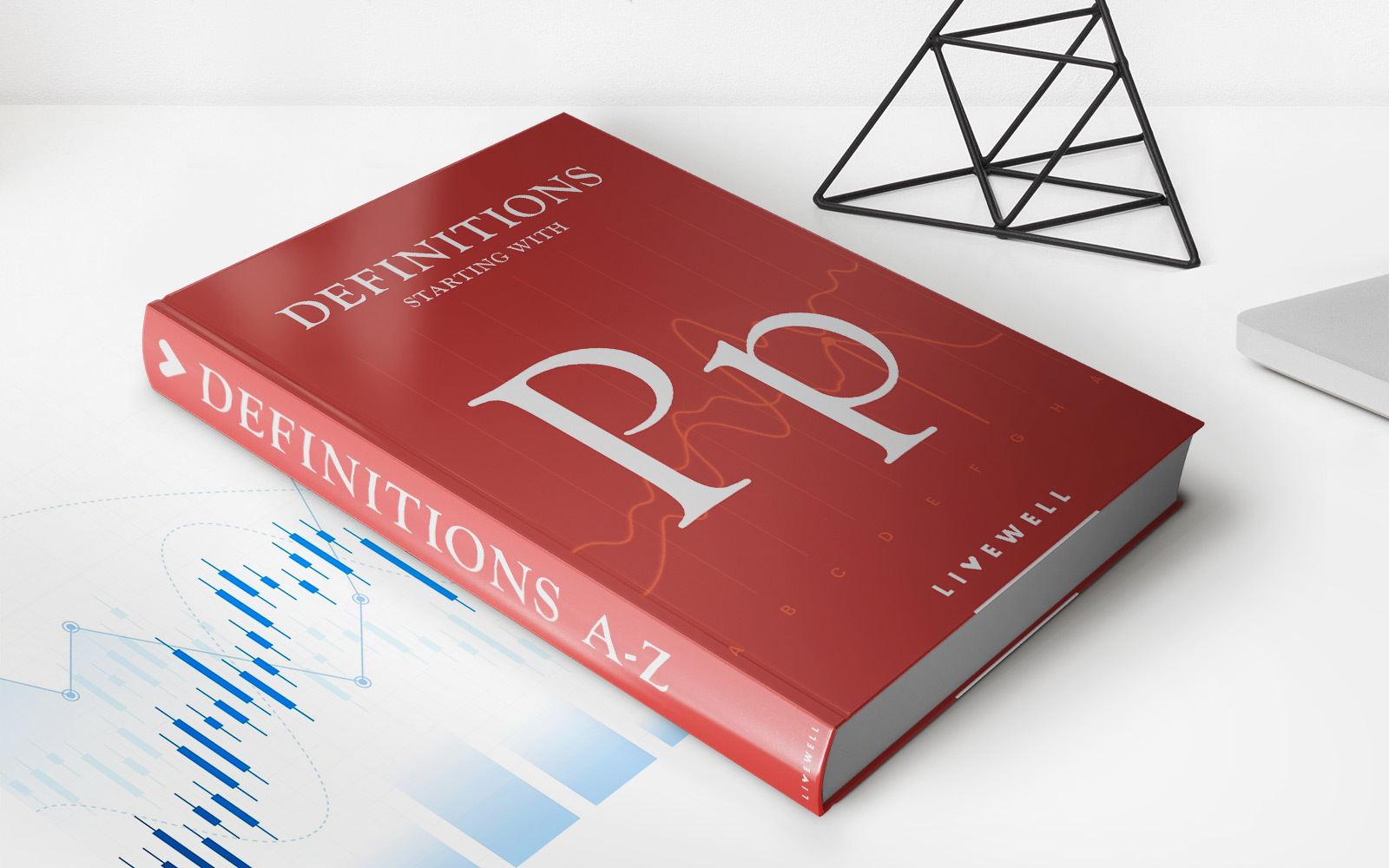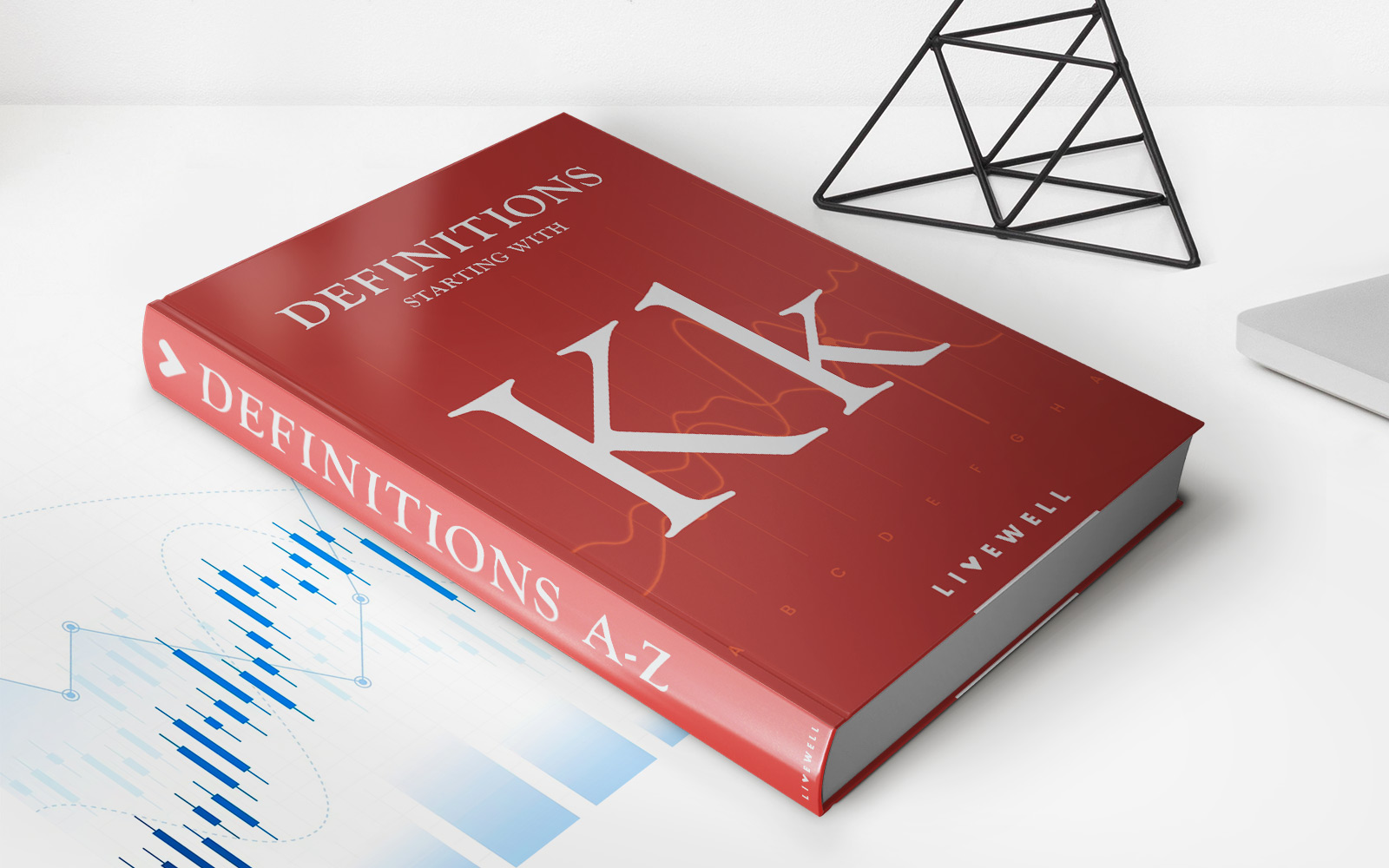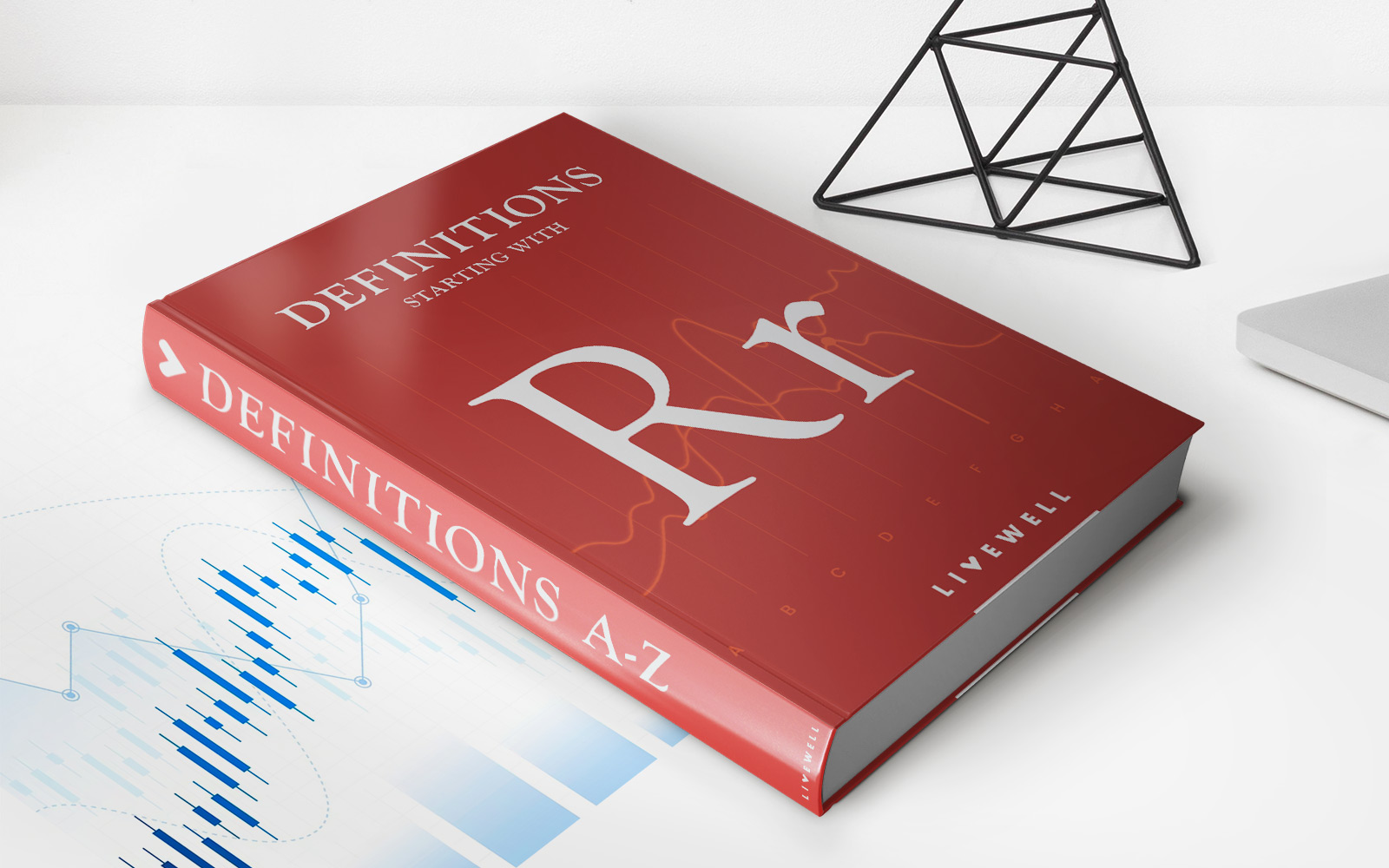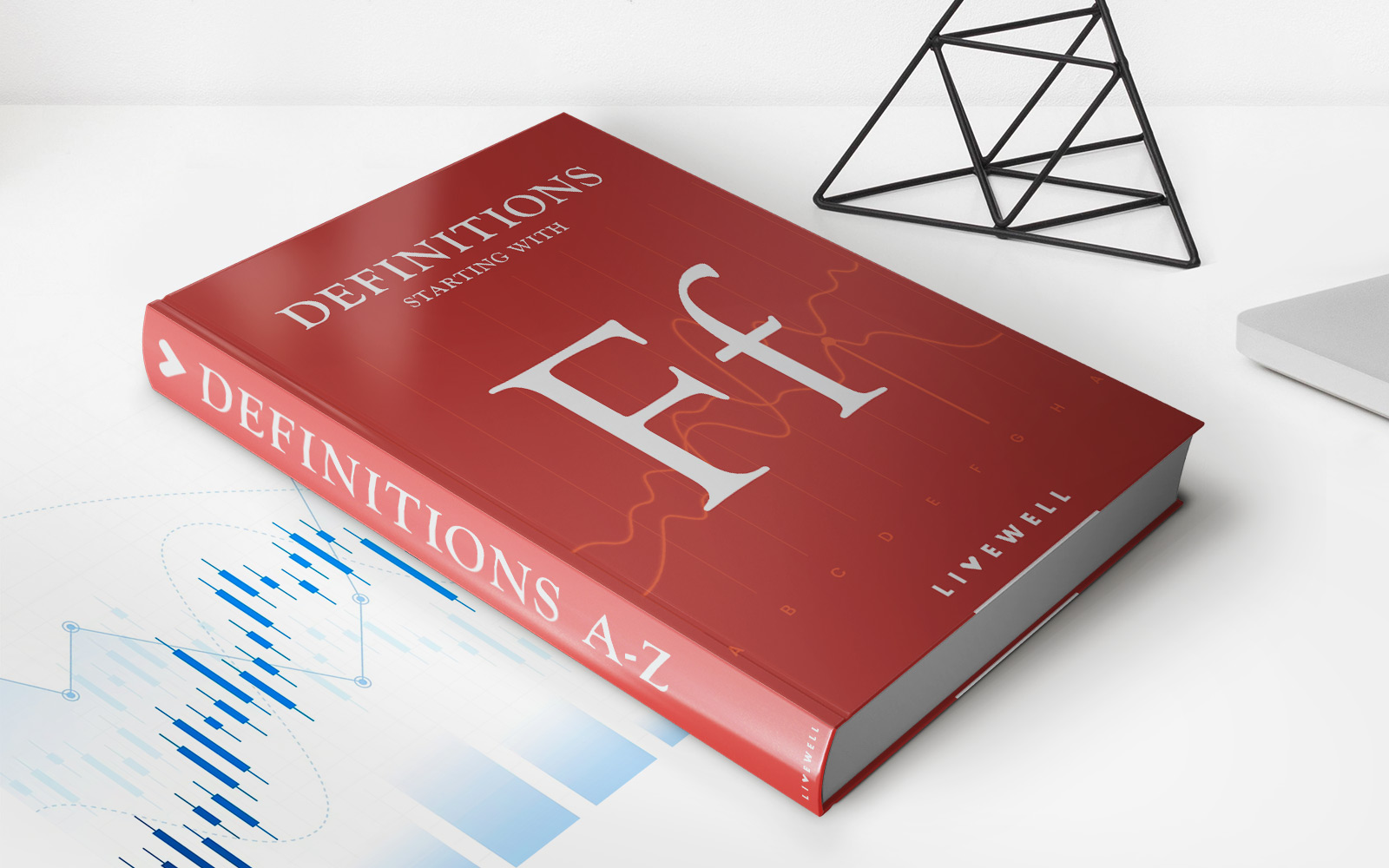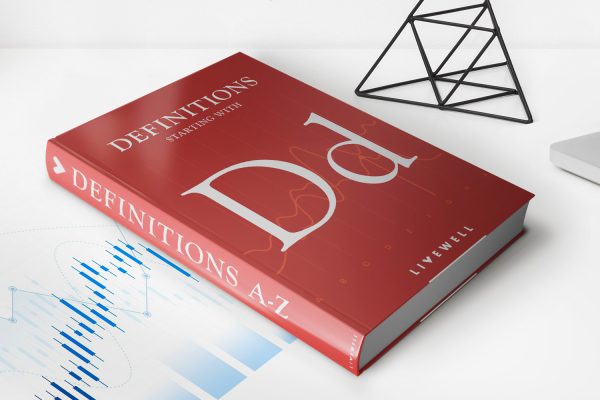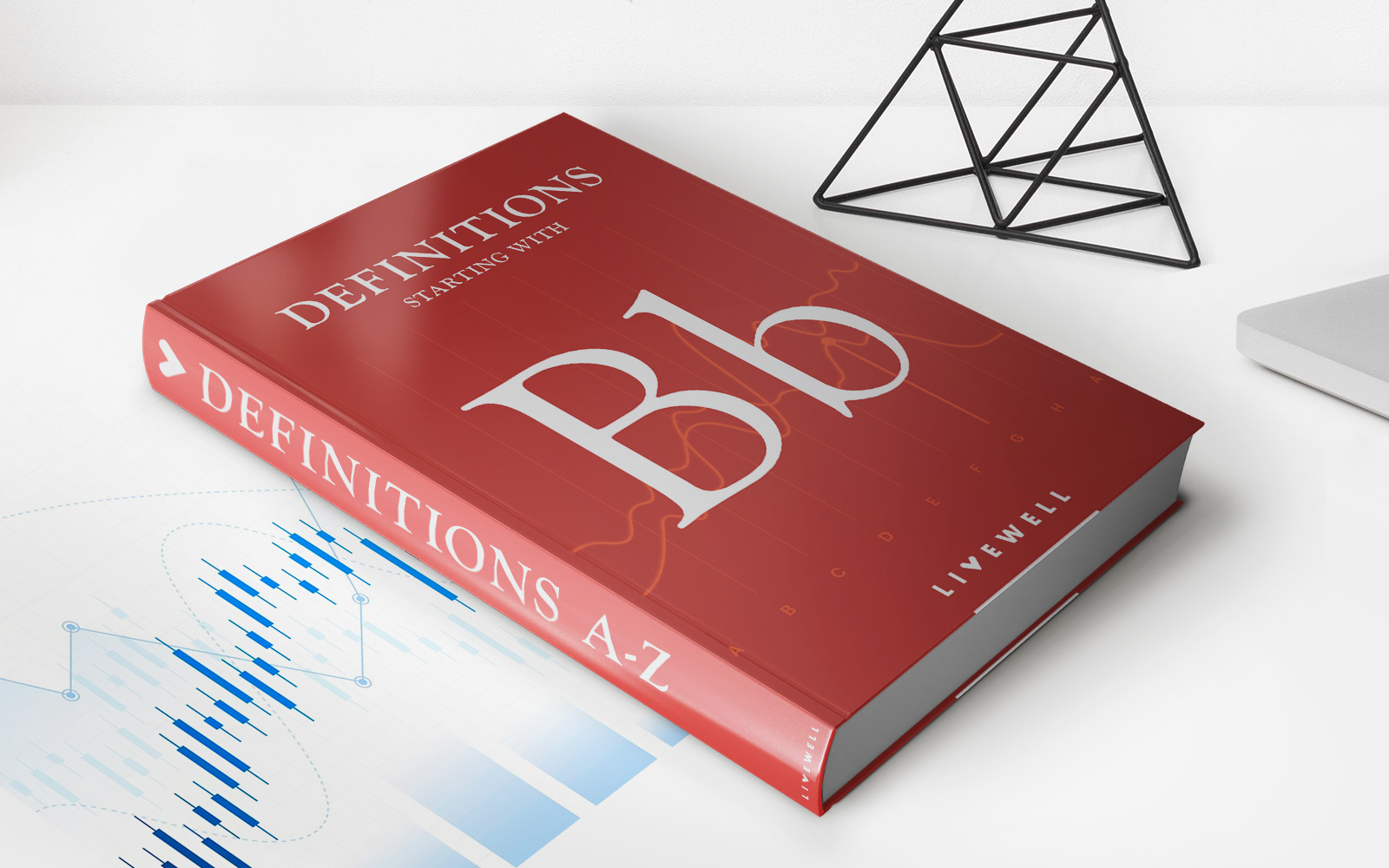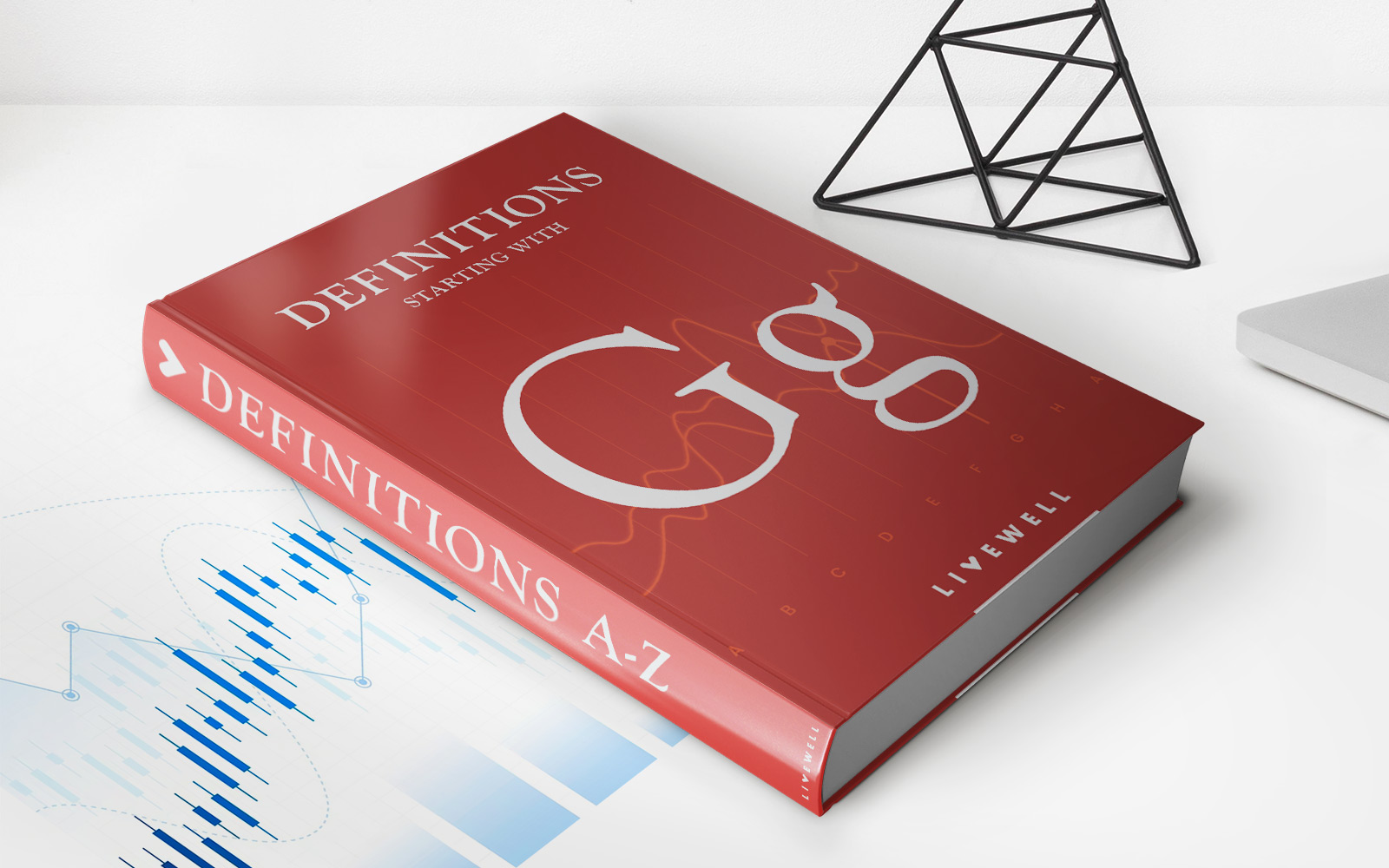Home>Finance>Ascending Channel: Definition, How To Use To Trade, And Examples
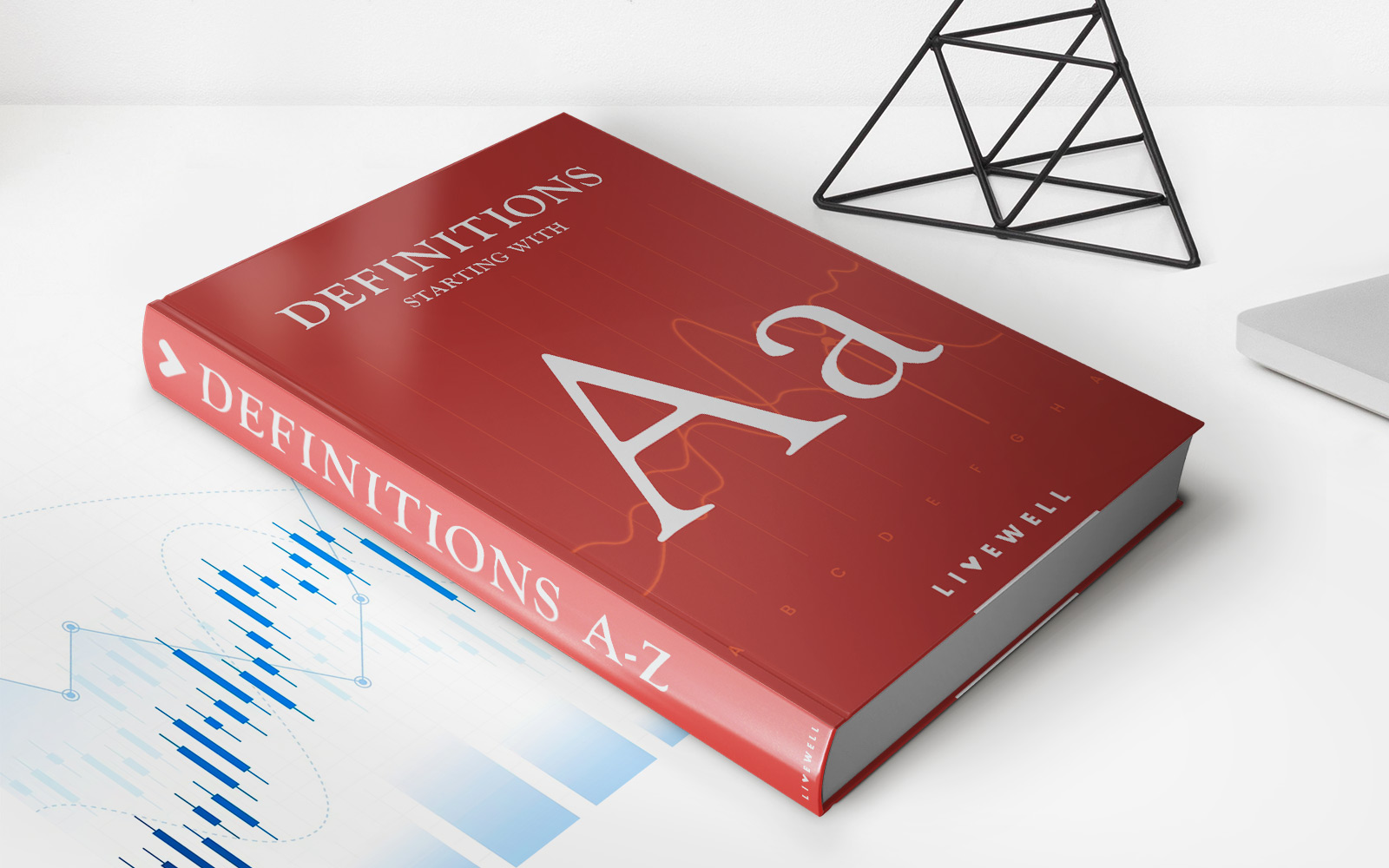

Finance
Ascending Channel: Definition, How To Use To Trade, And Examples
Published: October 8, 2023
Learn how to effectively use the ascending channel trading strategy in the world of finance with expert tips and real-life examples for profitable trading.
(Many of the links in this article redirect to a specific reviewed product. Your purchase of these products through affiliate links helps to generate commission for LiveWell, at no extra cost. Learn more)
Ascending Channel: Definition, How To Use to Trade, and Examples
Welcome to our “Finance” category, where we explore various topics related to personal finance, investing, and trading. In this blog post, we will discuss ascending channels, an essential concept in technical analysis, and learn how to use them for trading purposes. So, whether you are an experienced trader or a newbie looking to expand your knowledge, this article will provide you with valuable insights on ascending channels and how to leverage them to make informed trading decisions.
Key Takeaways:
- An ascending channel is a price pattern characterized by a series of higher highs and higher lows, forming parallel trendlines.
- Traders can use ascending channels to identify potential buying opportunities when price approaches the lower trendline and selling opportunities when price approaches the upper trendline.
What is an Ascending Channel?
An ascending channel is a price pattern that emerges when an asset’s price consistently forms higher highs and higher lows. It is defined by two parallel trend lines, where the lower trend line connects the higher lows, while the upper trend line connects the higher highs. This creates a channel-like structure, indicating a bullish trend in the market.
Ascending channels are widely used in technical analysis to help traders identify potential entry and exit points in the market. By understanding and recognizing this pattern, traders can gain insights into both the trend direction and possible price targets.
How to Use Ascending Channels to Trade:
Trading within ascending channels involves the following steps:
- Identify and Draw the Trendlines: Begin by identifying the higher highs and higher lows on the price chart. Then, draw the upper trend line by connecting the higher highs and the lower trend line by connecting the higher lows. These trendlines will define the boundaries of the ascending channel.
- Find Potential Trade Setups: Once the ascending channel is identified, traders can start looking for potential trade setups. One approach is to enter a long position (buy) when the price reaches the lower trendline, anticipating a bounce or a reversal. Conversely, a short position (sell) can be considered when the price approaches the upper trendline, expecting a potential pullback.
- Set Stop-Loss and Take-Profit Levels: To manage risk, it is crucial to set appropriate stop-loss and take-profit levels. Traders can place a stop-loss order below the lower trendline to limit potential losses in case the price breaks below the channel. Take-profit orders can be set at strategic levels, such as previous highs or resistance areas.
- Monitor and Adjust: Continuously monitor the price action within the ascending channel and make any necessary adjustments to your trading strategy. Remember to adapt to changing market conditions, book profits when appropriate, and cut losses if the price invalidates the pattern.
Examples of Ascending Channels:
Let’s take a look at a couple of examples to better understand how ascending channels appear on price charts:
- Example 1: On a daily chart for XYZ stock, you notice a series of consistently higher highs and higher lows, forming an ascending channel. The price has been fluctuating within this channel for several weeks, providing potential trading opportunities as it bounces off the lower trendline and pulls back from the upper trendline.
- Example 2: In the cryptocurrency market, Bitcoin displays a gradual uptrend, forming an ascending channel on a 4-hour chart. Traders can use this pattern to enter long positions when the price approaches the lower trendline and exits when it nears the upper trendline.
Remember, ascending channels are just one tool among many in the trader’s toolkit. While they can offer valuable insights into trend direction and potential support/resistance levels, it is essential to combine them with other indicators and analysis techniques to make well-informed trading decisions.
So, whether you are a swing trader, day trader, or long-term investor, the concept of ascending channels can be a valuable addition to your trading strategy, helping you identify favorable risk-to-reward setups and navigate the dynamic financial markets with greater precision.

